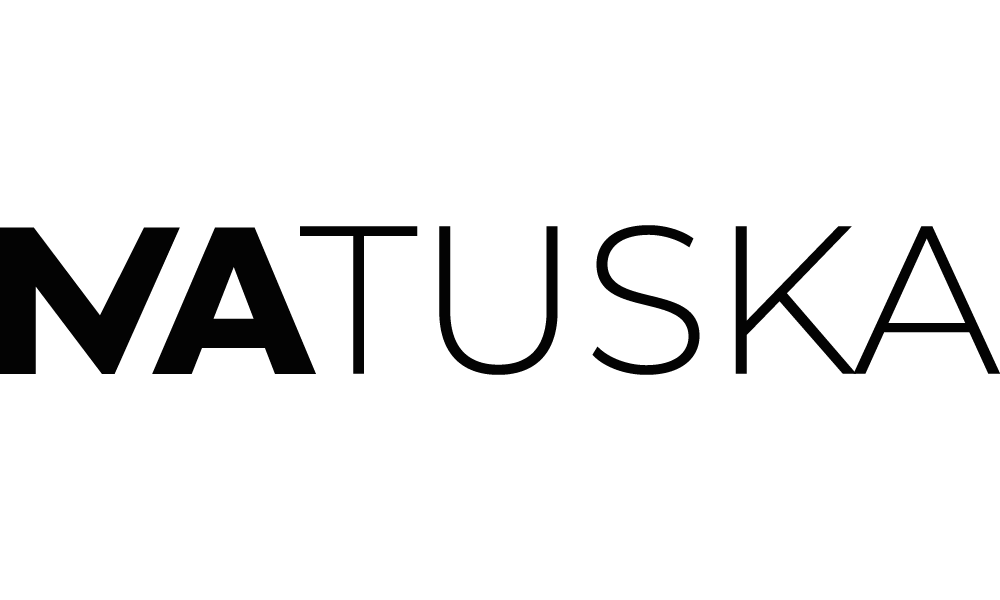Get Started
We understand that every project is unique and we take the time to listen to your specific needs and objectives to form a tailored approach that will bring your vision to life. We look forward to hearing from you!






How we work
Our goal is to create successful Facebook ads that effectively reach and engage our client’s target audience, driving desired results and ROI.

01
This step involves discussions, interviews…
02
This step involves analyzing the gathered information…
03
This involves implementing elements of the strategy…
04
Analyzing the data, tracking key metrics, and performance.
Creating Facebook ads for clients involves several steps to ensure effective and targeted marketing campaigns. Here’s a short description of the process:
By following these steps and continually refining the campaign based on data-driven insights, the goal is to create successful Facebook ads that effectively reach and engage the client’s target audience, driving desired results and ROI.
We specialize in helping businesses and individuals establish a strong and compelling visual presence. Our team of skilled designers and brand strategists are here to assist you in creating a unique and memorable visual identity that accurately reflects your brand’s personality, values, and goals.
Visual identity is an essential component of successful branding. It encompasses various elements such as logos, color palettes, typography, imagery, and overall design aesthetics. These elements work together to create a cohesive and consistent brand image across all your marketing materials, including websites, social media profiles, business cards, packaging, and more.
At our Visual Identity Services, we understand the importance of aligning your visual identity with your brand’s essence. Our experts will work closely with you to understand your business objectives, target audience, and industry landscape. With this knowledge, we’ll craft a visually appealing and impactful identity that sets you apart from your competitors and resonates with your target market.
Our services include logo design, brand guidelines development, visual asset creation, and overall brand strategy. Whether you’re starting from scratch or looking to revamp your existing visual identity, we have the expertise to deliver exceptional results. We take pride in our attention to detail, creativity, and commitment to delivering designs that make a lasting impression.
By leveraging our Visual Identity Services, you’ll gain a distinctive and professional brand image that builds trust, enhances recognition, and fosters brand loyalty. Your visual identity will serve as a powerful tool to communicate your brand’s values and message effectively, helping you stand out in today’s competitive marketplace.
We invite you to explore our portfolio and discover how our Visual Identity Services have helped numerous businesses elevate their branding game. Get in touch with us today, and let’s embark on a journey to create a visually stunning and impactful identity for your brand.
Creating a brand strategy for our clients involves a deliberate and comprehensive process that encompasses several key steps. These steps are designed to define and align the client’s brand identity, values, and messaging in a way that resonates with their target audience and sets them apart from their competitors. Here’s a brief overview of how we create our clients’ brand strategy:
By following this process, we create a robust brand strategy that helps our clients establish a strong and differentiated brand presence, connect with their target audience, and achieve their business goals.
Creating a client’s social strategy involves a systematic approach to understanding their goals, target audience, and desired outcomes on various social media platforms. Here is a short description of the process:
Creating a successful social strategy is an ongoing process that requires continuous monitoring, adaptation, and innovation. By staying abreast of industry trends and leveraging data-driven insights, we ensure our clients’ social media efforts align with their goals and deliver tangible results.


Copyright © 2023 Growth Launchers